The stair of villas, as luxurious places, must be covered with high-quality tiles. so ceramic vs granite is a hotly debated topic that requires an ultimate selection guide.
Granite and tiles are used for flooring. They are strong, durable, and beautiful tiles that can be used around the home.
But we have still prepared a guide so that you can choose between them because you will live in your house for a long time. The choice between granite tiles and tiles really depends on where they are installed.
It also depends entirely on personal priorities. Granite tiles are natural stones with particles. It’s stain and water-resistant, and it’s also easy to clean. It forms under extreme heat and pressure and therefore comes in a variety of colors and patterns, slabs and tiles, which can be adapted to any space.
Composed of sand, natural products, and clay, the tile itself has a beautiful appearance and is the perfect material for your home.
It comes in a variety of colors, patterns, and styles. These tiles are available in glazed and unglazed. Additionally, glazed tiles have a shiny and polished look, while unglazed tiles have a more natural and rustic look. The tile is durable and also has moisture-resistant properties.
appearance:
Granite tile is a natural stone and obviously, it comes in a limited number of colors and styles. But it has irregular patterns and colors that make it look sophisticated and simple in the space it will be used in. There are only two finishes for this tile.

Tiles are available in a variety of colors, patterns, designs, and styles. This is for people who like to experiment. It can give a trendy look at home.
maintain:
Granite tile is a durable and stable material with a heavy feel. Therefore, they resist rubbing, damage or chipping.
But they are also porous in nature, which makes them susceptible to stains and scratches. If proper care is taken during installation and it is sealed and resealed every few years, it will remain evergreen. Tiles are less prone to scratches, stains, or marks if exposed to liquids, dirt, or stains. But this tile is not as durable as granite, so it can be easily damaged by the friction of heavy materials.
Cost:
Cost is one of the factors that influence your choice between granite and tile. However, we can say that granite is the most expensive tile and both tile and tile are premium tiles because they cost less. But granite is expensive due to the quality of the material and the range is quite different. You can easily choose granite in different cost ranges in a way that suits your budget.
Fitter:
Not only the cost of materials but also the cost of installation will influence your decision. Granite is difficult to install on your own as it requires special skills, techniques, and machinery to do so. Although tiling can be done by yourself, it also requires a machine to do the job with the right finish.
We offer a wide variety of tiles to fulfill our global customer’s requirements efficiently.
To have more information about granite or ceramic tiles selection, you can fill out a form and our technicians will contact you within 24 hours. Additionally, if you don has enough data about running a new profitable tile business, don’t hesitate to fill out a form to provide you with high-quality products.
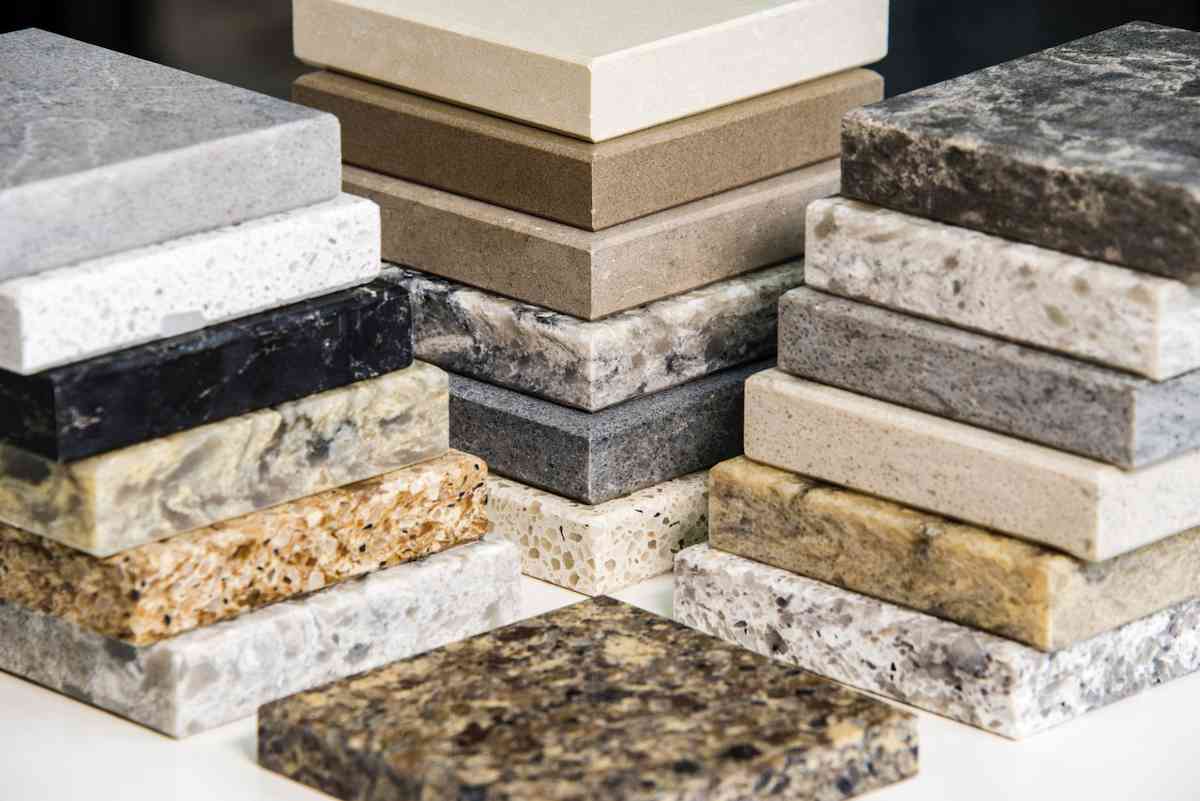
Ultimate guide for granite tiles
An ultimate guide is what you require for selecting granite tiles. Granite is a premium material chosen for its durability and intricate designs and patterns.
It is derived from natural volcanic rock, mined from quarries around the world. Therefore, the quality of granite may vary. Knowing a few tips and knowing what to watch out for can help you make better choices. Knowing that granite slabs cost between $80 and $150 per square foot, you’ll want to do better.
Granite grading has a convention that makes it easier to sort high-quality materials from entry-level materials. Some vendors may use more grades or grades, but the following three are the most common.
Level 1: ENTRY LEVEL (BUILDER OR COMMERCIAL GRADE)
Grade 1 granites are the thinnest in this group. They usually come with plywood backing or some type of backing as they may not be thick enough to withstand heavy use. They are also prefabricated and are often used in low to mid-priced housing units. The patterns on Grade I granite are also simpler and the colors more basic.
Level 2: MIDDLE GRADE
Mid-range granite has more patterns and colors. They also have more variety in their brands. They are sold in thicker slabs with the hardness and durability of granite.

Level 3: HIGH GRADE
It is the best quality granite in this group. These models are rare and may have textures and patterns that make them unique. The price of high-quality granite is because it contains sparkling deposits inside, which makes it even more popular.
As mentioned earlier, lower grades or more common granite stones have more basic patterns and designs and become more intricate and rarer as prices increase. The elegance of this natural stone is highly appreciated.
Besides aesthetics, there are other simpler things to consider under the visual criteria. The uniformity and straightness of the top should be carefully checked as it greatly affects the function of the granite slab.
You should also watch for cracks, chips, scratches, holes, and voids. They can indicate poor workmanship in the cut of the granite or poor quality of the stone itself. Either way, avoid those red flags. Granite is a naturally porous material.
However, steps have been taken to make the surface smooth and shiny, and less absorbent. Highly porous stones can absorb acids and other chemicals commonly found in foods that can cause discoloration and other types of damage.
Choosing the right granite slab for a variety of patterns and colors can be daunting, not to mention its quality. For first-time home buyers, the task can be daunting.
If you can get help from a friend or a more experienced professional, go ahead and do it.
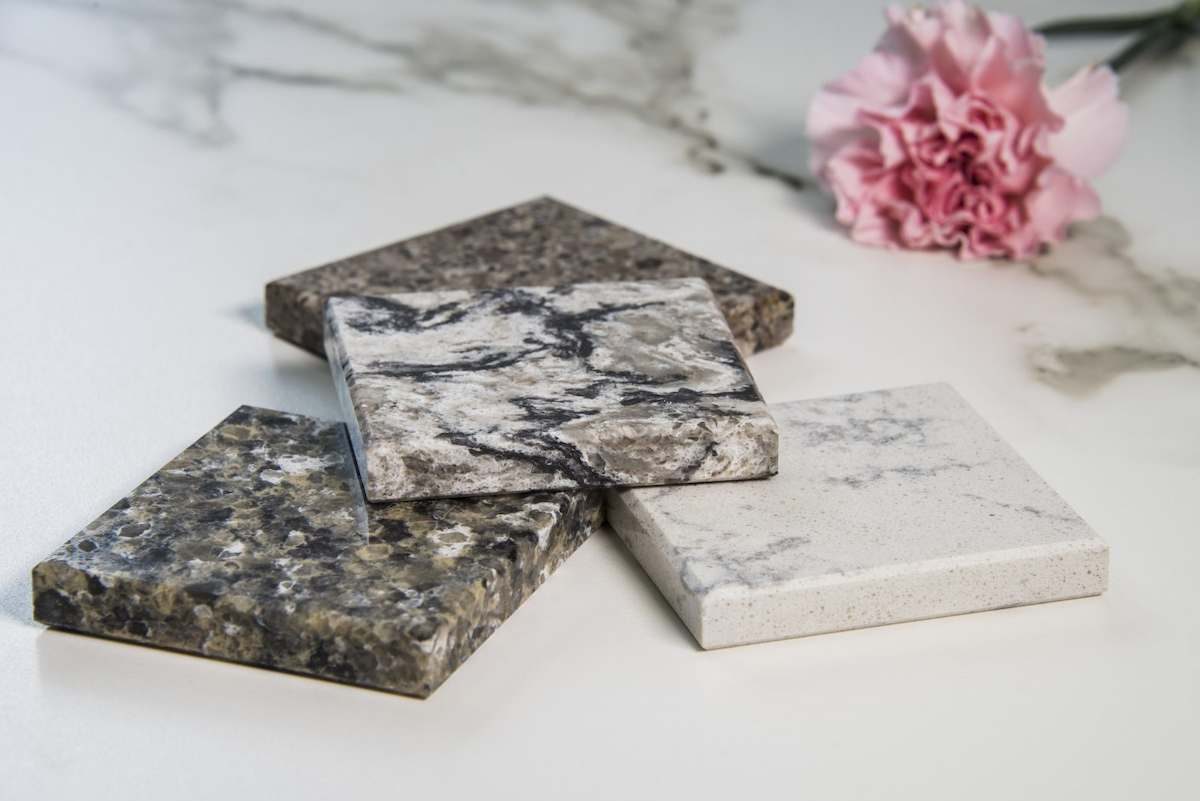
To get started, here are some simple steps you can follow to ensure you make an informed choice. After all, it’s an investment of $80 to $150 per square foot.
Step 1:
Perform a exhaustive visual inspection of the stone slab. Look for any imperfections such as cracks, chips, discoloration, scratches, and dents. Also, pay attention to the uniformity of the surface. Check the straight edges. This may be difficult for beginners to see, please use a ruler as a reference.
Raising the price does not guarantee the best design or model for your kitchen. Consider colors and patterns that match your overall design. You can find high-value gemstones at reasonable prices.
Step2:
Check that the dimensions meet the specifications. Do not accept boards that are not cut to the size you specify. It will only lead to your sacrifices and problems.
Step 3:
Measure the thickness. Entry-level tiles are sold with very thin wooden supports. There is not much difference in the thickening of medium to high-quality granite, but high-quality granite can have thicker variants. It’s not just an arbitrary token, however. Thicker granite is stronger.
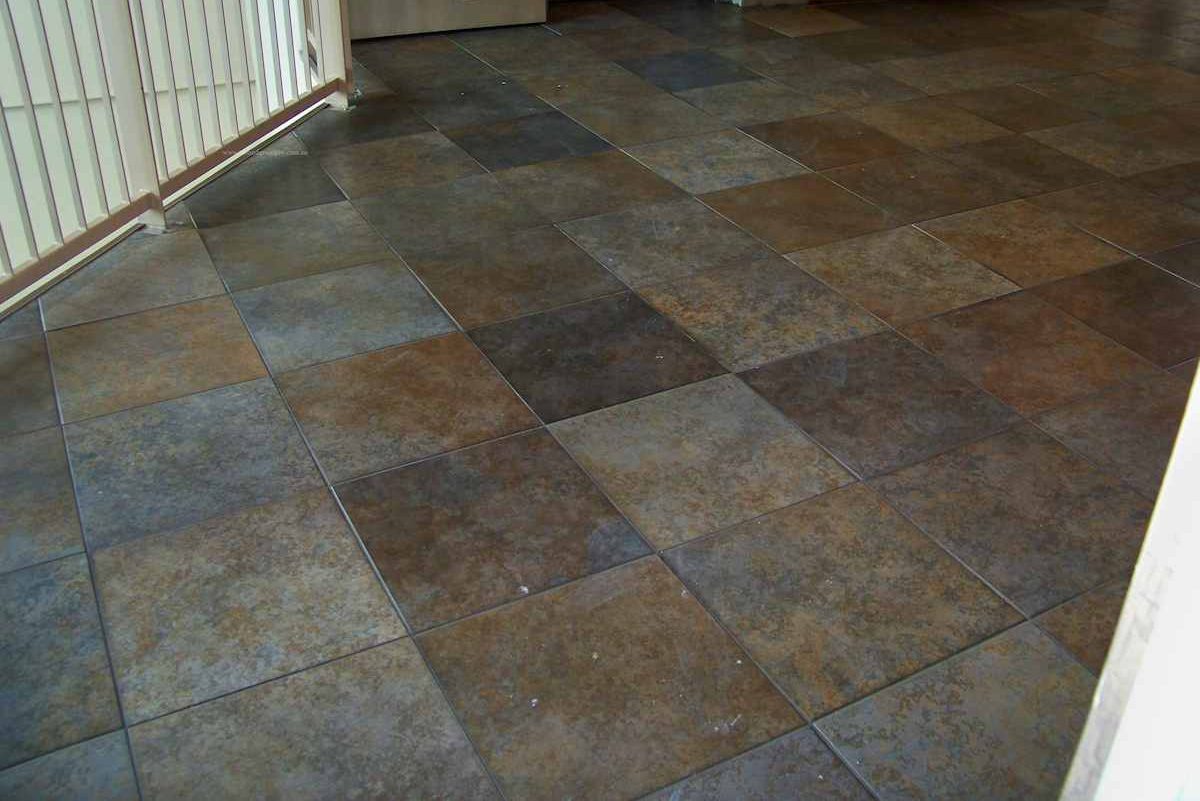
Step 4:
Lightly brush a coin over the polished surface of the granite to check the finish. Scratch-prone boards may contain poor-quality varnishes or sealants.
Step 5:
The quality of granite can be tested using different chemicals. Granite has a very specific response to lemons and can identify certain characteristics for you.
If the lemon is absorbed, the material is porous or poorly polished. A white stain left after drops of lemon is placed on a surface is an indicator of high calcite content. You will want to stay off the plates for these reactions. Soaking a rag in rubbing alcohol followed by kerosene is another test.
Granite slabs discolored as a result of this test are colored with artificial pigments and do not exhibit their natural appearance.
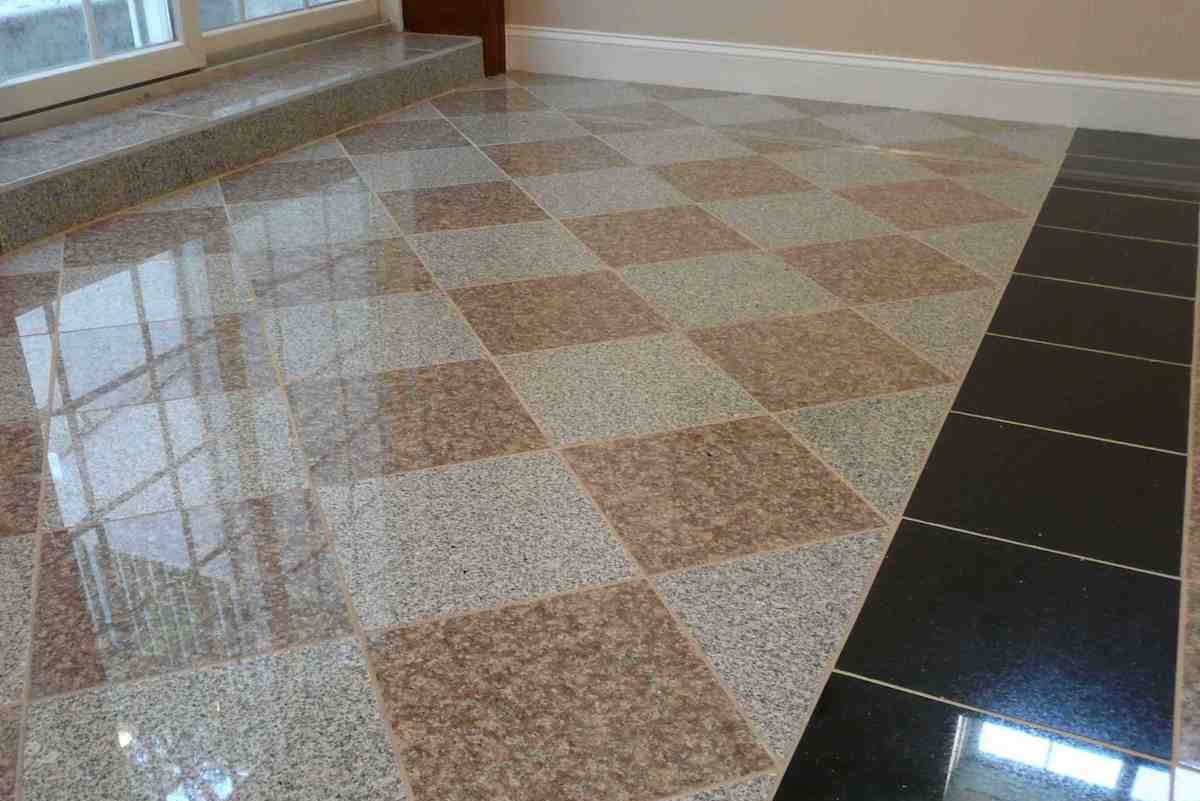
Ceramic tiles selection guide for villas
Ceramic tiles have different types and maybe you become confused as you are choosing them for villas. Don’t miss this selection guide. Tiles are one of the most popular flooring solutions used these days. In addition to being strong and durable, they also give your home a classy look.
Easy to maintain and clean, they come in a wide variety of colors and designs that easily blend in with the décor of your house.
Types of Tiles
- Ceramic tiles
are available in glazed (polished) and unglazed varieties. Glazed ceramic tiles are either plain or beautified and are utilized on floors and walls.
- Cement/concrete tiles
are amazingly tough and strong, making them idealize for carports and outside floors. Since they don’t have a smooth finish they offer a great grip indeed when wet.
- Terracotta tiles
are made from natural clay. They are extremely durable and water resistant. They are glazed for variety in color and additional durability.
They are appropriate for floors and walls and, although they are for the most part preferred within the living room, they are also utilized for the roof.
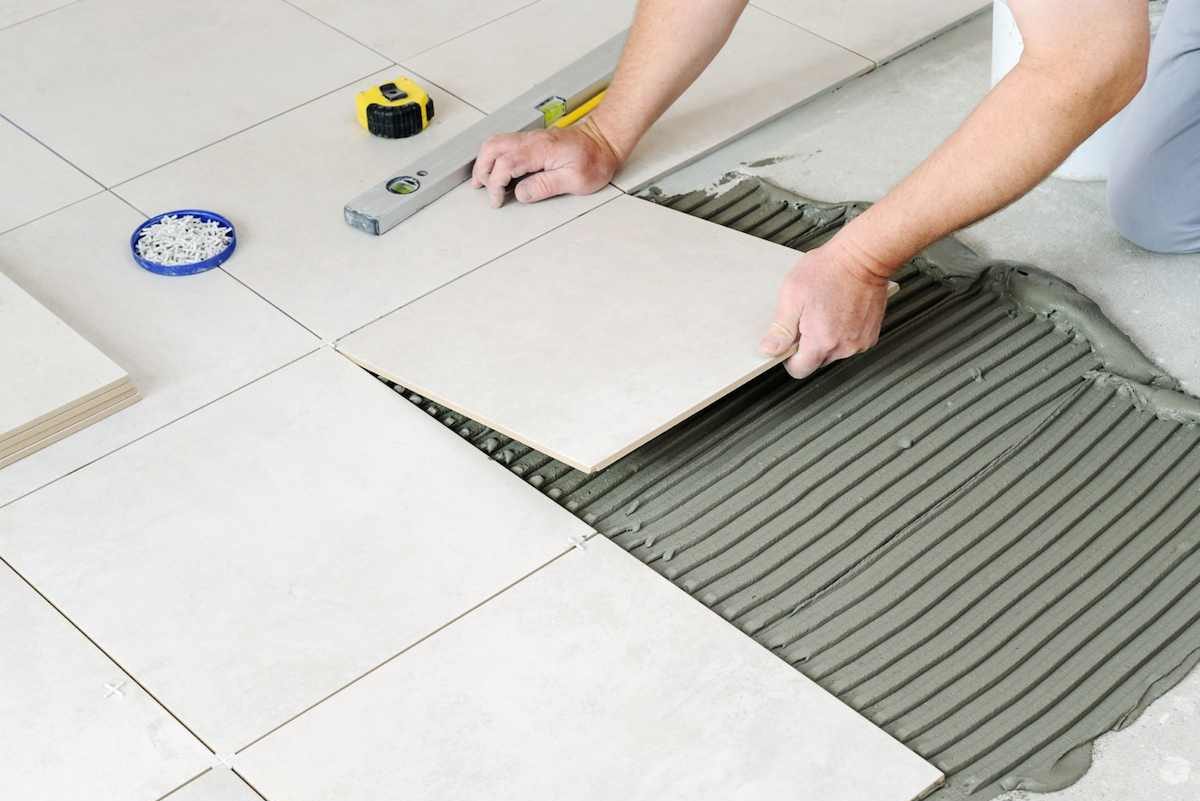
- Mosaic tiles
are small tiles made from porcelain, natural stone, glass, or ceramic? They come in glazed or unglazed forms and are an extraordinary way to add color to your room without making it look fluffy. They are generally installed in kitchens and bathrooms.
- Natural stone tiles
incorporate granite, marble, and limestone, to name a few. These could be durable or non-durable depending on the material. Materials such as marble and granite can be used in the living room and for bathroom or kitchen counters.
- Vitrified tiles
are processed to make them durable and resistant to scratches, stains, and acid. They are relatively cheap and available in a wide variety of colors and can be used in any room.
- Quarry tiles
are unglazed tiles that are strong and can be utilized inside as well as outside. These are one of the best options for floors and are mostly preferred in kitchens.
Choose large tiles for living rooms and consider choosing smaller tiles for rooms and guest rooms. Match the interiors while choosing the tiles for your room.
Ivory and grey-colored tiles work well for your flooring and, at the same time, remain in harmony with the rest of your décor. Get bright-colored floor tiles to add character to your bathroom.
Make sure that they offer a good grip and have a non-skid matte finish. For your walls, you can choose glossy or satin-textured tiles. They are easy to clean and maintain. Install non-skid tiles for your kitchen floor. Preferred colors would be gold or brown as tough scratches and stains aren’t easily noticeable on them.
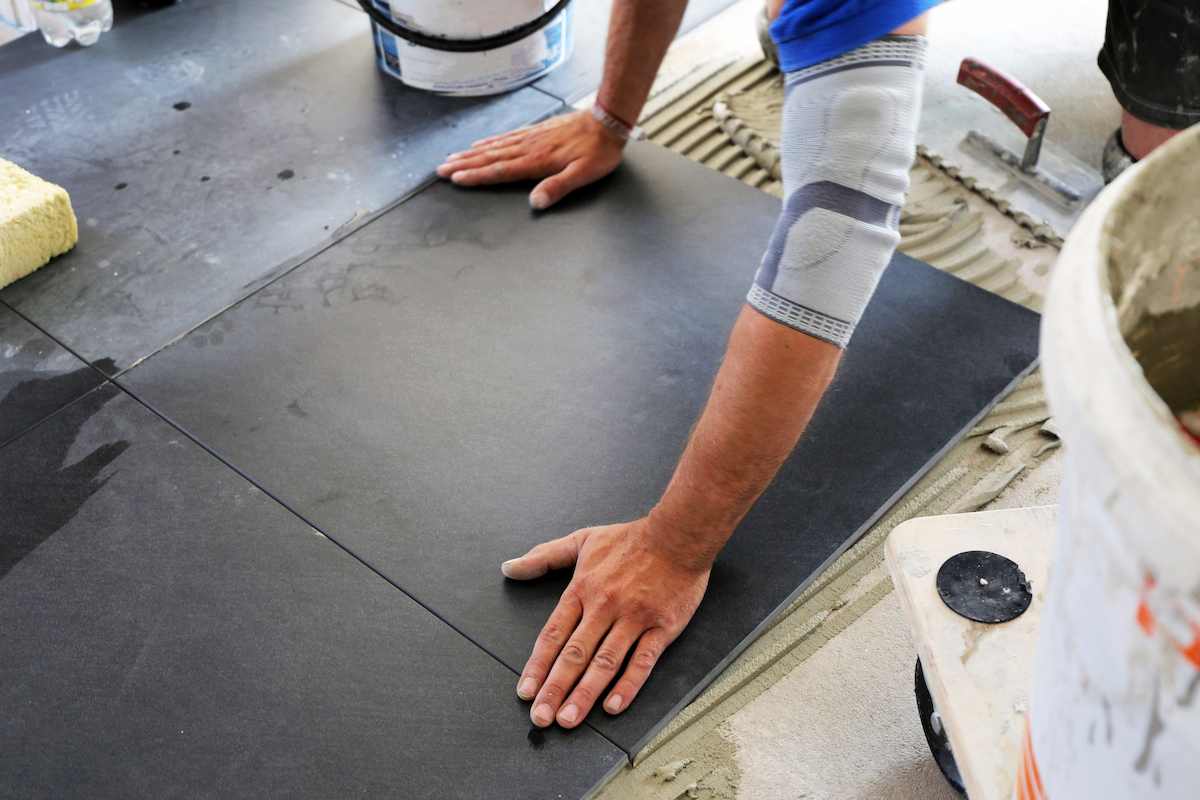
Utilize gleaming tiles for the walls, since they are amazingly simple to clean. Use dark or earthy tiles for your corridors as they are spaces of high traffic, and dark colors will camouflage the dirt and wear and tear. Use basic colors for the roof or terrace tiles. White is preferable as it helps reduce room temperature dramatically.
Choosing tiles according to the space
Bathroom
Ceramic tiles are the preferred option when it comes to bathrooms. Glazed ceramic tiles work well for bathroom walls but not for flooring, as they can become slippery when wet.
Utilize natural stones such as granite, sandstone, or slate instep. They are safer to walk on when moist, as they offer a great grip. The above choices offer strength along with elegance and style.
Blend and match appropriately to urge the most excellent for your bathroom. You can add some color elements to your bathroom by adding borders to the bathroom tiles. Bright colors or floral designs on the tiles will do wonders for your bathroom. Although tiles come in different sizes, it’s preferable to use 3” x 6” tiles.
Living room
When it comes to the living room, you can choose anything from ceramic tiles to natural stones. Terracotta, Italian marble, and porcelain tiles appear to be the preferred choice these days.
The designer and textured marble are best suited for large and spacious living rooms, whereas a small living room can be decorated with terracotta tiles. This way you can add character and warmth to your room.
kitchen
It is way better to utilize tiles within the kitchen. They are durable and available in a variety of colors and patterns. Choose durable, scratch-resistant tiles, as kitchens are considered high-traffic areas.
When choosing floor or wall tiles, match your kitchen interiors and elements. Choose small tiles for small kitchens and large tiles for large spaces.
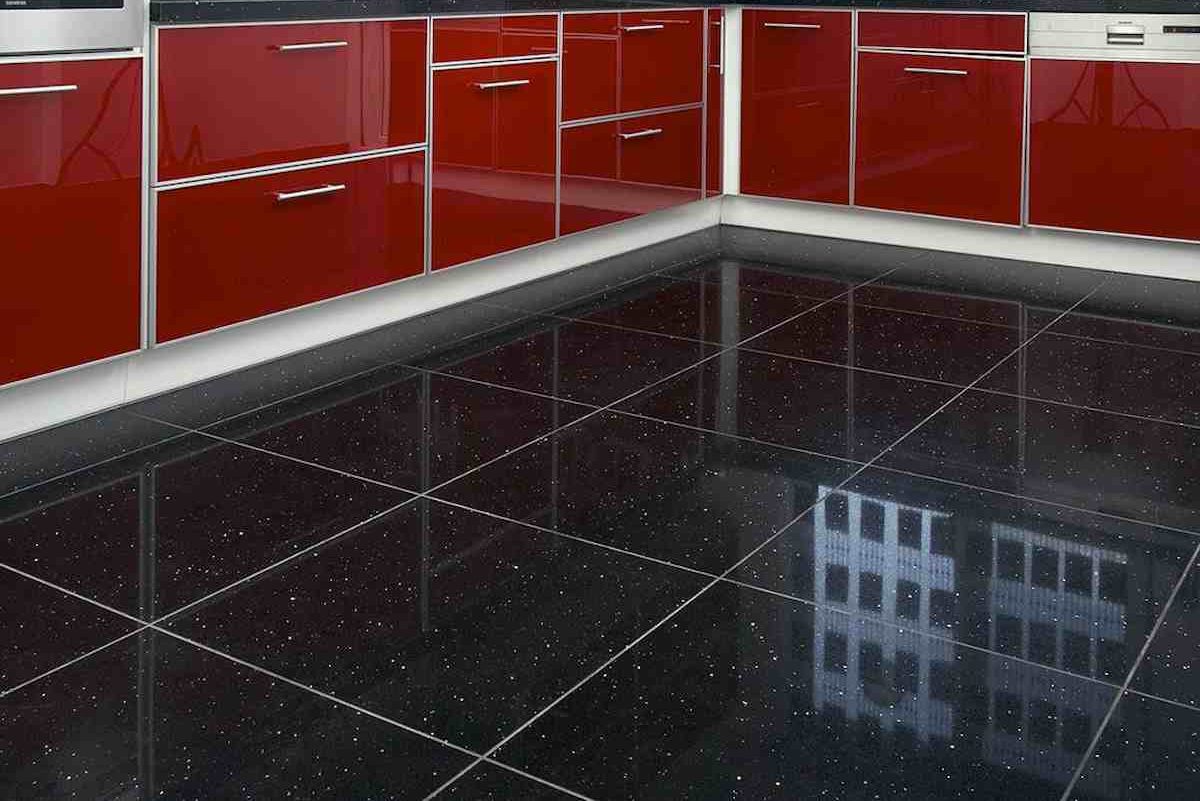











Your comment submitted.